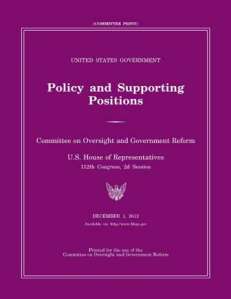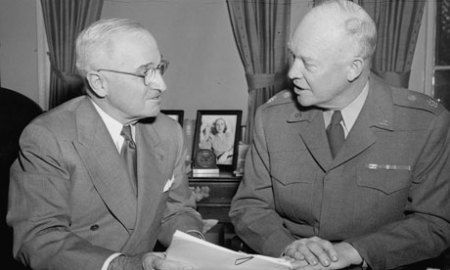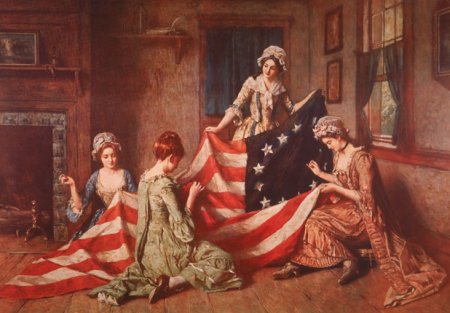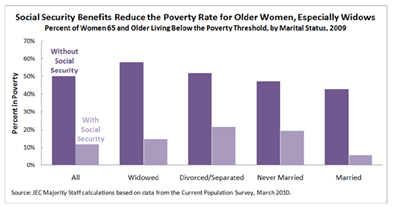 What is the Plum Book? Known officially as the “United States Government Policy and Supporting Positions,” the Plum Book is published alternately by the Senate Committee on Homeland Security and Governmental Affairs or by the House Committee on Oversight and Government Reform, who handled this year’s version. The 2012 edition lists over 8,000 civil service leadership and support positions (filled and vacant) in the Legislative and Executive branches of the Federal Government that may be subject to noncompetitive appointments.
What is the Plum Book? Known officially as the “United States Government Policy and Supporting Positions,” the Plum Book is published alternately by the Senate Committee on Homeland Security and Governmental Affairs or by the House Committee on Oversight and Government Reform, who handled this year’s version. The 2012 edition lists over 8,000 civil service leadership and support positions (filled and vacant) in the Legislative and Executive branches of the Federal Government that may be subject to noncompetitive appointments.
History of the “Plum Book”
The Plum Book was first published in 1952, when the Dwight D. Eisenhower Administration was voted into office after 20 years of Democratic administrations– first under President Franklin D. Roosevelt and then under President Harry S. Truman. 
Image: Out-going President Truman meets with incoming President Eisenhower to discuss the transition. (Is that a draft copy of the first Plum Book that Truman is handing to Eisenhower? ![]()
With a touch of humor, someone at the original publishers decided the book should have a purple or plum-colored cover to reflect that it contained the “plum” political appointee jobs, and the tradition has stuck ever since for the printed version.
What Type of Positions are Listed in the Plum Book?
The United States Government Policy and Supporting Positions 2012 (Plum Book) includes both politically appointed and Career Civil Service positions, agency heads and their immediate subordinates, policy executives and advisers, and the aides who report to these political appointee officials. These encompass:
- Executive Schedule and salary-equivalent positions paid at the rates established for Levels I through V of the Executive Schedule.
- Senior Executive Service “General” positions (i.e., those positions which may be filled by a career, non-career, or limited appointment)
- Senior Foreign Service positions
- Schedule C positions excepted from the competitive service by the President, or by the Director, Office of Personnel Management, because of the confidential or policy-determining nature of the position duties
- Other confidential or policy-determining positions at the GS-14 and above level excepted from the competitive civil service by law because of the confidential or policy-determining nature of the position duties
The duties of such positions may involve advocacy of Administration policies and programs, and the incumbents usually have a close and confidential working relationship with the agency head or other key officials.
To Fill or Not to Fill , that is the Question
Interestingly, the book lists ALL such political appointment positions, whether there is someone currently in the job or it was vacant as of June 30, 2012. If the job was occupied by a career Federal employee appointee, the phrase “Career Incumbent” is shown without a name; otherwise, the name of the political appointee is listed.
And positions such as boards, committees or commissions that require “member” positions by political party affiliation are listed with the name of the incumbent along with a (D) for Democrat, (R) for Republican or (I) for Independent.
Type of Appointment and Salaries
Listings are labeled with letter codes that denote the type of appointment under which the position is categorized:
| Appointment Code | What It Stands For |
| CA | Career Appointment |
| EA | Limited Emergency Appointment |
| NA | Non-career Appointment |
| PA | Presidential Appointment without Senate Confirmation |
| PAS | Presidential Appointment with Senate Confirmation |
| SC | Schedule C Excepted Appointment |
| TA | Limited Term Appointment |
| XS | Appointment Excepted by Statute |
However, several categories of jobs can be filled by more than one type of appointment, e.g., SES positions listed in this publication may be filled by using career Federal employees or various outside appointments. On these, no ‘‘Type of Appointment’’ is shown for such positions when they are vacant.
 Image: List of “noncompetitive” political appointment positions at GSA. Source: 2012 Plum Book. (CLICK ON IMAGE TO ENLARGE)
Image: List of “noncompetitive” political appointment positions at GSA. Source: 2012 Plum Book. (CLICK ON IMAGE TO ENLARGE)
Finally, information is included on the various base salary scales for each pay plan and level or grade, along with the percent above that base for different locality pay areas. For example, in the New York metropolitan area, one would receive 28.72% above the base pay scale due to the high cost of living there. Surprisingly, the Federal Government rates Houston-Baytown-Huntsville, Texas as the second highest locality in the country at 28.71% above base.
CONCLUSION
So if you are still hunting for that perfect holiday gift, it might be time to “pick a plum” or two—a 2012 Plum Book, that is—one to give, and one to keep for yourself!
How can I obtain a copy of United States Government Policy and Supporting Positions 2012 (Plum Book)?
- Buy it online 24/7 at GPO’s Online Bookstore.
- Buy it at GPO’s retail bookstore at 710 North Capitol Street NW, Washington, DC 20401, open Monday–Friday, 9 a.m. to 4 p.m., except Federal holidays, (202) 512-0132.
- Find it in a federal depository library.
Related Publications:
- United States Government Manual 2012 is being published in December 2012. It provides comprehensive information– including a list of principal officials—for all agencies of the legislative, judicial, and executive branches, as well as quasi-official agencies, international organizations in which the United States participates, boards, commissions, and committees.
About the Author: Michele Bartram is Promotions Manager for GPO’s Publication and Information Sales Division in Washington, DC, and is responsible for online and offline marketing of the US Government Online Bookstore (http://bookstore.gpo.gov) and promoting Federal government content to the public.



 Posted by GPOBookstore
Posted by GPOBookstore 





















































